Fighting whitefly on tomatoes in a greenhouse
One of the most challenging tasks in tomato growing is whitefly control on tomatoes. Why are these creatures so dangerous and what will help save plants from them?
Who is a whitefly and how is it dangerous?
Whitefly is a small insect (no more than 3 mm), which looks like a butterfly, but is not related to it. The body is white, triangular in shape.
Whiteflies are active during the day, multiplying throughout the warm season. They are going through winter, so if they do not get rid of them, they will remain on the site for the next year. They are among the most common harmful insects that appear in the greenhouse.
You can understand that whiteflies have chosen a tomato bush by the state of the plant. It will begin to wither, grow poorly, and the leaves may turn pale or yellow. They become sticky to the touch. On the lower part of the leaf, you can see barely noticeable insects, and if you shake the plant, then you can see how they fly away.
Eggs can also be found underneath the leaf plate. In the initial stages, they are yellowish-white in color, and when the insects are ready to hatch, they turn brown. After hatching, the larvae appear. They are already white, but they are not moving yet.
The whitefly is dangerous in tomato seedlings, first of all, because the insect directly feeds on the green parts of the tomatoes, sucking the juice out of them. This leads to the fact that all processes occurring in the plant slow down, it weakens, ceases to bear fruit (or the fruits become small and inedible). With a particularly strong infection, the bush may even die.
A no less problem is the indirect effect of whiteflies on cultivated crops. Their secretions attract other pests to themselves, and are also a breeding ground for various fungi, in particular for the sooty fungus. It is no longer possible to cure a plant infected with it.
Also, these insects are carriers of many diseases that are dangerous to tomatoes. Increases the damage done by whiteflies and the fact that they reproduce very quickly. The larvae eat tomatoes in the same way as adults, but getting rid of them will be much more difficult.
How to tell if tomatoes are infected?
You can determine the infection of tomatoes with whitefly by the following signs:
- retardation of plant growth;
- the feeling of something sticky on the leaves;
- wilting and drying of leaves;
- the upper part of the leaf blade acquires a characteristic shine, as if it was covered with varnish or wax;
- the appearance of yellowish-white spots on the foliage, which later darken;
- slow ripening of fruits;
- tomato pulp contains many white veins;
- small white insects are visible on the plant, which will fly up if the bush is slightly shaken.
It is safe to say that a plant is infected with this particular insect if several signs coincide at once. However, the appearance of any of them separately may also indicate that the bush was chosen by the whitefly. In this case, you need to inspect the tomato more carefully to make sure.
How to deal with whitefly?
The fight against whitefly on tomatoes can be carried out both with special means and with folk remedies. When using the latter, it is desirable to combine several methods to achieve the desired result. All methods of killing parasites can be roughly divided into several groups.
Insecticides
When the whitefly population is too large, strong chemical compounds cannot be dispensed with. Before using any insecticide, you need to carefully study the instructions and apply strictly according to the rules prescribed in it. It is necessary to process not only the affected plants, but also everything that is next to them. For example, in one greenhouse.
It is also important to remember that such agents are potent poisons and observe safety precautions when working with them: wear special protective (or at least just tight closed) clothing, and also use a respirator.
The most effective means are:
- Actellik;
- "Aktara";
- Talstar;
- "Spark";
- "Confidor".
Other chemicals
You can destroy the whitefly that occupied tomatoes with other chemicals that were not originally intended for this.
- Anti-lice preparations sold in pharmacies. In a liter of water, dilute about 30 ml of the product and treat the bushes with this solution.
- Laundry soap. Grate finely and dissolve in water. The proportions are 1: 6. Spray the tomatoes after the soap chips are completely dissolved in water.
- Mosquito Spiral. Use according to the instructions: hang in the greenhouse and set on fire. Usually left overnight.
Mechanical methods
Stores sell traps for this type of insect. Several of these need to be hung in the greenhouse. But you can make a trap yourself. To do this, take a piece of cardboard and grease it with petroleum jelly or a similar viscous but transparent substance.
The color of the cardboard should be yellow. This is important because it acts as a decoy. Insects see colors differently, and therefore the cardboard will seem green to them. Whiteflies will mistake it for a plant, land and bind. When a large number of individuals are trapped in the trap, it can be wiped off with a rag and the layer of viscous substance can be renewed.
Some gardeners also use regular sticky tape to catch flies. They can be simply hung, or cut into several pieces and placed in different places in the greenhouse. The latter method is considered to be more efficient and economical.
You can also try to kill parasites in other ways:
- with a small number of insects, they are washed off the tomatoes with a stream of water from a hose, or the bushes are manually wiped with a wet rag;
- inside the greenhouse, you can make a small fire, into which you can throw some tobacco leaves (it is believed that whiteflies cannot stand tobacco smoke);
- whiteflies, like moths, have a habit of flying into the light in the dark, so you can put a lantern near the garden or greenhouse or leave a blowtorch overnight.
The above methods will not be effective against larvae. To remove them, you will need to use special means or use decoctions from various herbs.
Herbs
Herbal decoctions and infusions are less effective than proven chemicals. However, during the fruiting period, only folk methods can be used so that the poison does not penetrate the fruits.
For the best result, it makes sense to combine different recipes from the ones below, alternating them.
- Garlic. Grind 150 g of peeled cloves and add one liter of water. Insist 5 days in a tightly closed container. Dilute the resulting infusion in water at a concentration of 10 g per liter and spray the plants with this composition.
- Dandelion. Use roots or leaves. In the first case, for 10 liters of warm water, you need to take about two hundred grams of raw materials, in the second - about four hundred. Grind parts of the plant, immerse in liquid and leave for several hours. You can also add some finely chopped onions to the infusion. Strain the resulting mixture and process the tomatoes with infusion.
- The tomatoes themselves. Add 4 kg of tomato tops to a liter of water and leave for 2-3 hours. Then bring to a boil. Squeeze greens.You will have to spray the plants several times, so store the resulting product in a container with a tight-fitting lid. To treat bushes, dilute the broth in water in a ratio of 1: 3.
- Yarrow. Pour 800 g of greens with boiling water so that the water covers them completely. Insist for two days. Then add water so that the whole bucket turns out.
- Cigarette tobacco. Pour the contents of several cigarettes into a bucket, after tearing off the filter. Cover with warm water and leave for two days. Strain. You can add 15-20 grams of dish soap.
Processing with any of such infusions will need to be carried out several times with intervals of 3-4 days. Repeat until insects disappear completely.
Biological control methods
Biological methods involve the use of their natural enemies for pest control. These include:
- ladybugs;
- lacewing;
- horse beetles;
- dragonflies.
These insects do not harm plants in any way. On the contrary, they effectively fight parasites. You can purchase them in special stores and populate them in your greenhouse at the first symptoms of the appearance of a whitefly. If it is decided to use this method of destroying pests, most of the rest (especially insecticides) will have to be abandoned.
Pest prevention
The appearance of whitefly on tomatoes is easier to prevent than to fight the parasite later. This will help the implementation of the following rules.
- Landings should not be too tight. No more than four bushes can be placed on one square meter. This is necessary so that air passes well between the plants. In addition, plants planted too close will interfere with each other's growth, the receipt of necessary nutrients, as well as sunlight. This will weaken the seedlings and reduce their ability to resist pests.
- At the end of the season, in autumn, it is necessary to clear the foliage from the soil and thoroughly loosen the soil. Otherwise, you can create a comfortable wintering environment for whiteflies. For the same reason, compost and other organic fertilizers cannot be laid for the winter.
- If tomatoes are bought as seedlings, you need to carefully examine them. It is especially important to check the lower parts of the leaf blades, on which the whiteflies prefer to live.
- When growing tomatoes in greenhouses, you need to open the greenhouse during frosts (naturally, when there are no plants there). This will freeze the soil and destroy the parasites that may inhabit it.
- When the seedlings grow up and get stronger, it is necessary to often ventilate the greenhouse.
- When buying any other plants, including indoor plants, you should also carefully examine them to avoid contamination of tomatoes from them. This is important even if the tomatoes will not have direct contact with the crop.
So, whiteflies are one of the most common pests of tomatoes. They can cause serious damage to the plant if left unchecked. There are many ways to kill whiteflies, from insecticides to using the parasite's natural enemies. Also, do not neglect measures to prevent the appearance of insects on tomatoes.
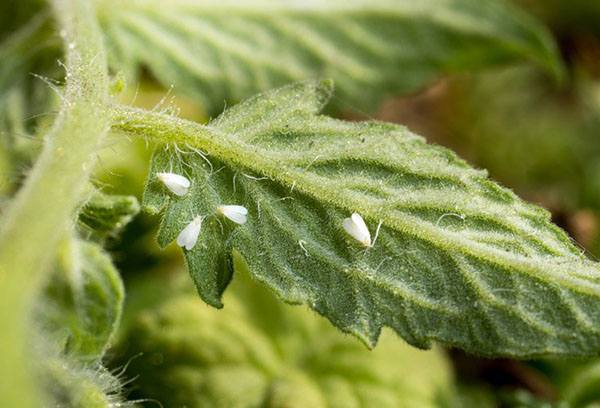

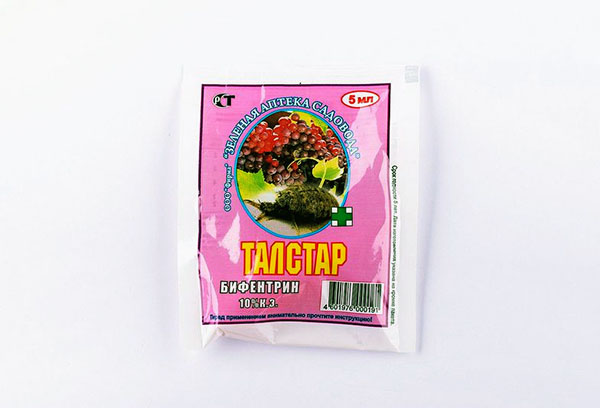
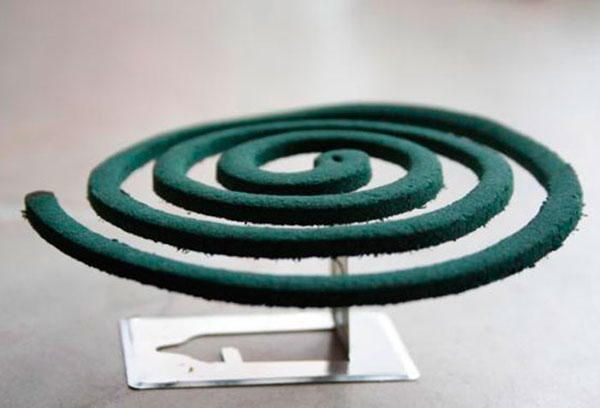

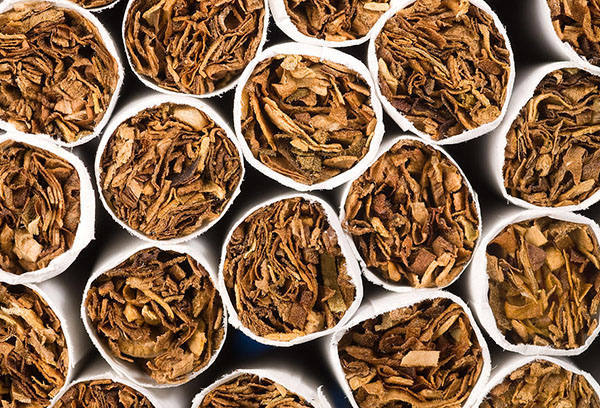
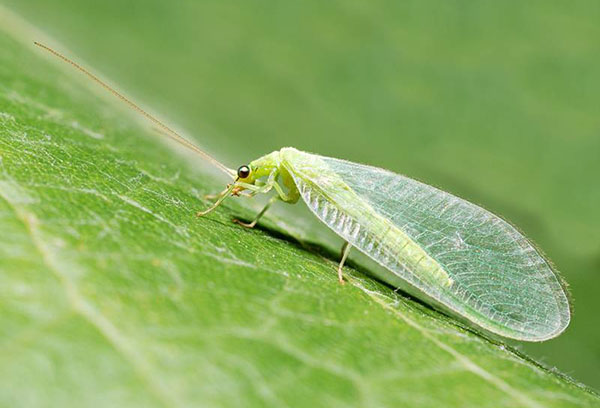

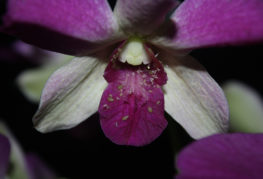
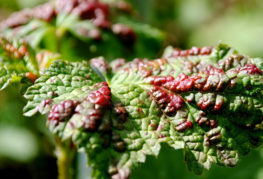
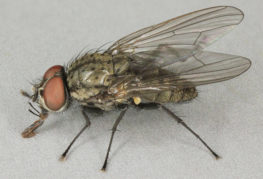
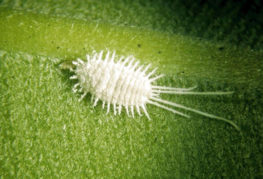
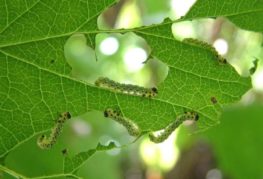
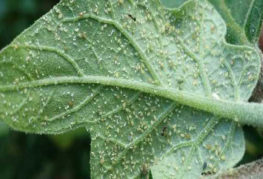
and will be published shortly.